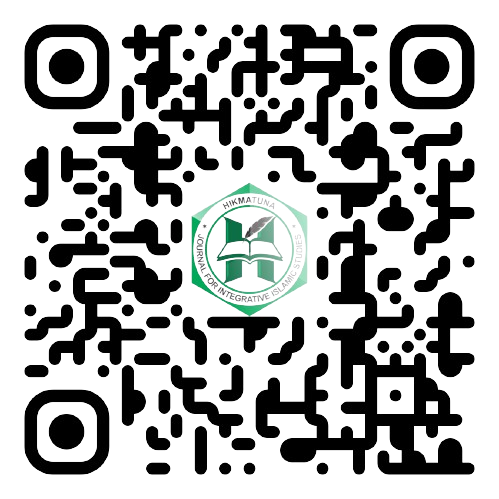Fatwa in the Digital Age: Online Muftī, Social Media, and Alternative Religious Authority
DOI:
https://doi.org/10.28918/hikmatuna.v9i1.966Keywords:
Alternative religious authority fatwa, Muslim public sphere, Social mediaAbstract
This study aims to explain the fatwas disseminated on YouTube social media. It explains why ustadz or Islamic preachers disseminate their fatwas on YouTube and what factors surround it. This study uses a qualitative method and an ethnographic approach, namely data collection using keywords to search engines for specific fatwa themes among three popular religious preachers: Ustadz Abdul Somad, Ustadz Adi Hidayat, and Ustadz Khalid Basalamah. The fatwas issued by Islamic preachers were analyzed using the theory of the Muslim public sphere from Dale F. Eickelman and Jon W. Anderson about moving narratives in cyberspace. The moving narrative allows the fatwa to be reached by people connected to the internet. This moving narrative creates a discourse war only possible through the Muslim public sphere. The selection of three popular preachers because they have different backgrounds in terms of thought which makes it possible for dialogue to occur in the form of moving narratives. This research found that the moving narratives that occur in cyberspace are not only in the form of dialogue and contestation in the form of fatwas but are related to the religious authority they receive. Social media like YouTube allows them to gain authority because of the democratic nature that social media provides. This contrasts earlier forms of authority where social media had not yet been invented.
Downloads
Published
How to Cite
Issue
Section
License
Copyright (c) 2023 Hikmatuna : Journal for Integrative Islamic Studies

This work is licensed under a Creative Commons Attribution-ShareAlike 4.0 International License.
















